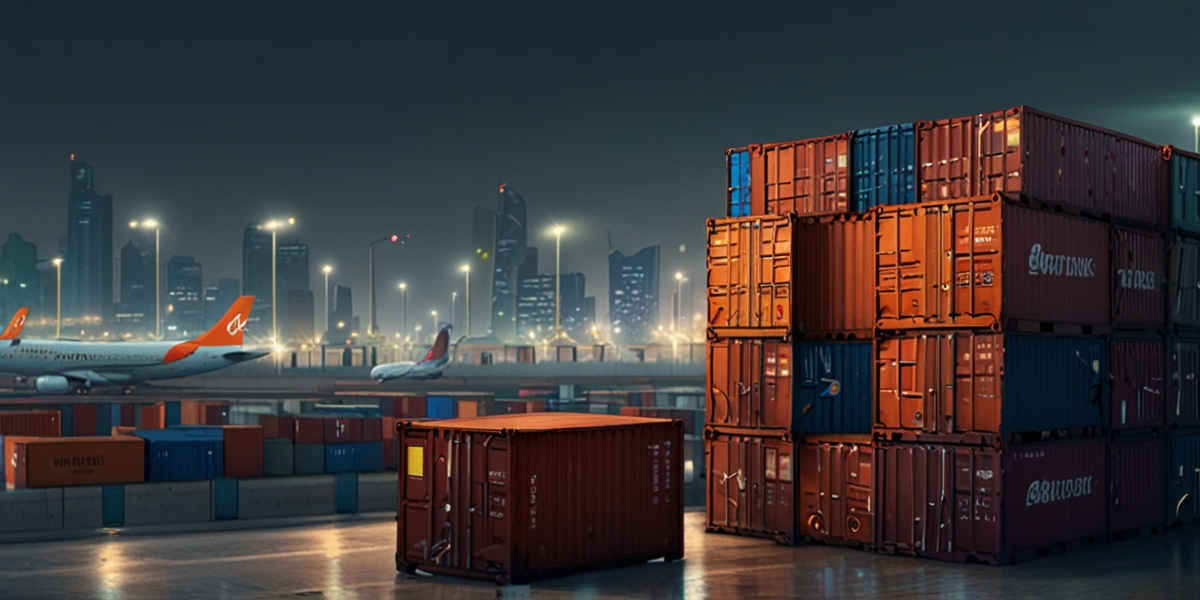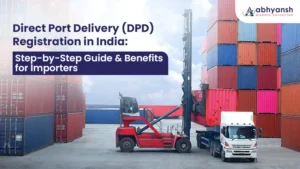In an age where technology is reshaping industries, the Indian customs process is on the brink of a significant transformation. With the government’s ambitious goal to fully digitalise customs by April 2026, the prospects for importers, exporters, and the logistics sector are promising. This shift is set to streamline operations, reduce turnaround times, and enhance the overall ease of doing business.
A New Era of Efficiency
The initiative aims to integrate various departments into the Single Window Interface for Facilitating Trade (SWIFT) portal. This consolidation will expedite clearance procedures and make it easier for businesses to navigate the complexities of international trade. As noted by Revenue Secretary Sanjay Malhotra, the introduction of ‘Customs 2.0’ reflects the government’s commitment to improving India’s ranking in the World Bank’s Logistics Performance Index (LPI), where India currently stands at 47th out of 139 countries. This ranking highlights a critical opportunity for improvement, as we aim to ascend the global logistics ladder.
Benefits of Digitalisation
The digitalisation of customs brings numerous benefits:
- Paperless Trading: Traders can submit clearance documents online, eliminating the need for physical paperwork. This shift not only enhances efficiency but also reduces transaction costs.
- Reduced Clearance Times: A recent report from the Central Board of Indirect Taxes and Customs (CBIC) shows that nine out of 15 surveyed ports have experienced reduced average release times for imports in 2024 compared to the previous year. This improvement is crucial for exporters, especially in inland container depots and air cargo complexes.
- Streamlined Processes: Existing platforms like SWIFT, Turant Customs, E-Sanchit, and ULIP have already made significant strides in digitising customs procedures. The upcoming single portal, which will integrate these systems, promises to further simplify operations.
Addressing Compliance Challenges
While digitalisation presents many advantages, it also brings challenges that need addressing. For instance, the Export Promotion Capital Goods (EPCG) scheme requires manufacturers to maintain multiple licenses without a comprehensive digital tracking system. Simplifying this process through a dedicated portal could alleviate compliance burdens for exporters.
Moreover, integrating customs compliance data with enterprise resource planning (ERP) systems would streamline operations and reduce costs. Such integration is already proving beneficial under Goods and Services Tax (GST) regulations.
Conclusion
At Abhyansh, we recognise the importance of these developments in shaping the future of shipping and logistics in India. The digital transformation of customs is not just about technology; it’s about creating a more efficient trade environment that supports economic growth. As stakeholders in this ecosystem, we look forward to embracing these changes and contributing to a seamless trading experience for our clients.
As we move towards a fully automated customs process by 2026, we encourage all businesses to stay informed and prepared for these upcoming changes that promise to redefine the landscape of international trade in India.






